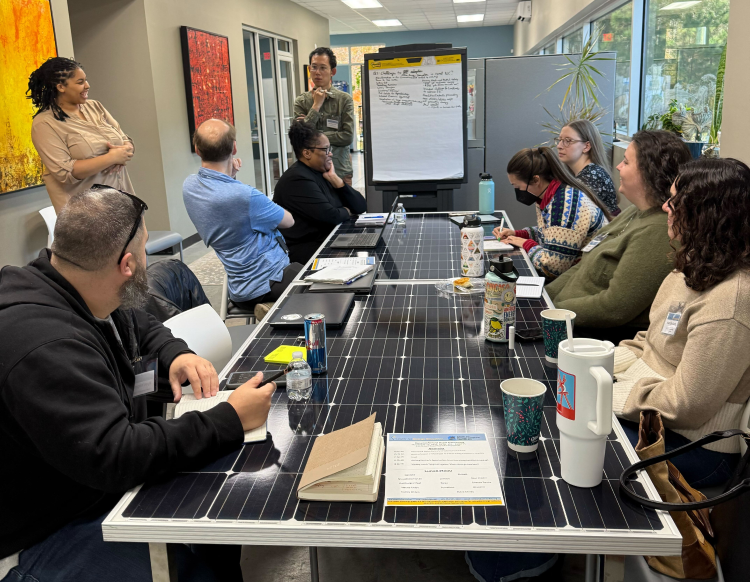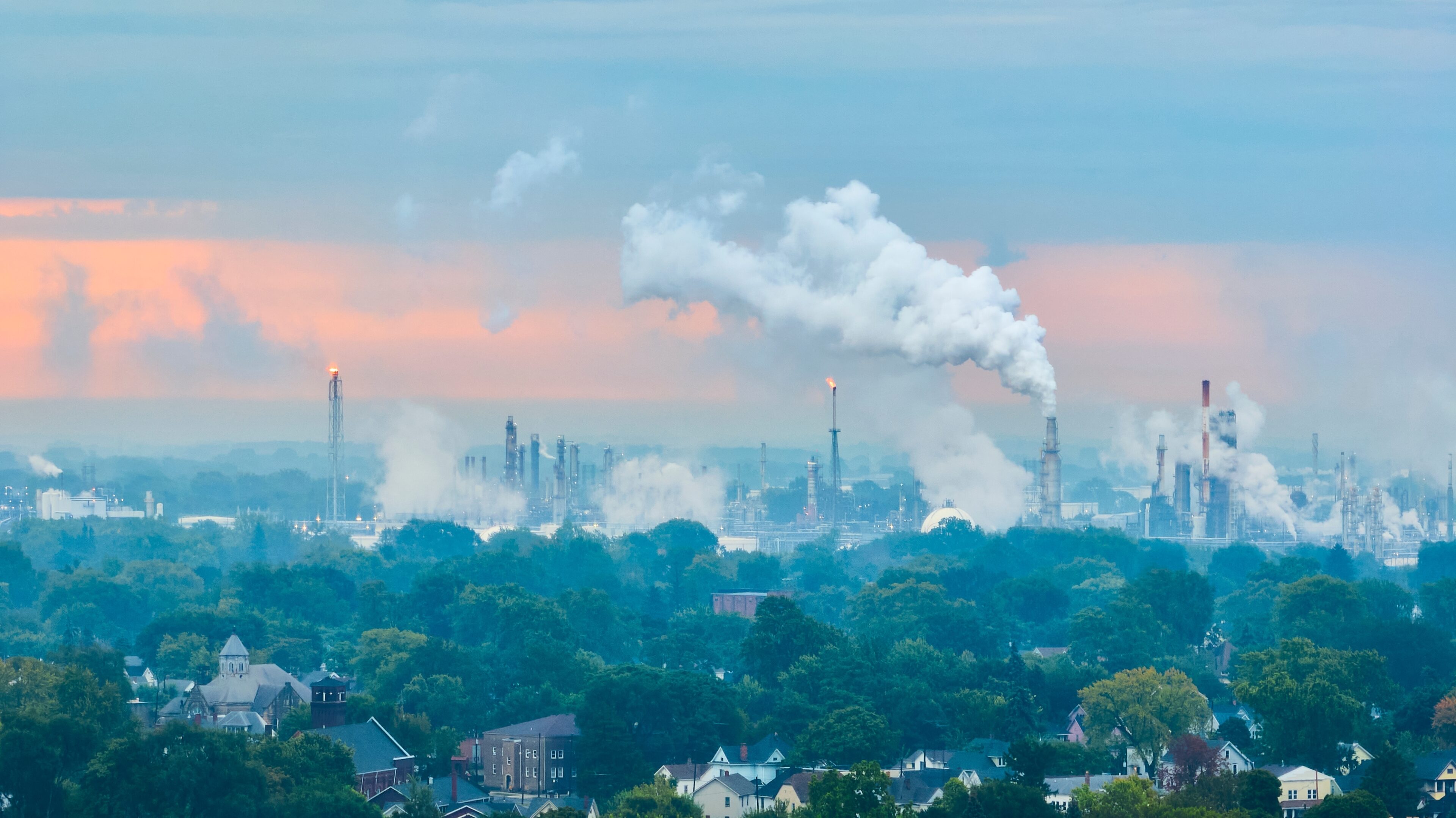Showing 1,492 results

Hannah Wiseman, Seth Blumsack | December 15, 2025
As projections of U.S. electricity demand rise sharply, President Donald Trump is looking to coal – historically a dominant force in the U.S. energy economy – as a key part of the solution. In an April 2025 executive order, for instance, Trump used emergency powers to direct the Department of Energy to order the owners of coal-fired power plants that were slated to be shut down to keep the plants running. But there remain limits to the president’s power to slow the declining use of coal in the U.S.

Madison Condon | December 3, 2025
In Free Gifts, Alyssa Battistoni traces the concept of the “externality” across the past century. This history begins in 1920, when the economist Alfred Pigou observed how private market transactions could impose uncompensated harms on third parties, such that the prices of goods failed to reflect their true (social) cost. Fortunately, he argued, these external costs could be rectified by government intervention: adding a tax equal to the social cost, which would cause market trading to “internalize” the harm and produce the optimum amount of the activity in question. Free-market advocates viewed such externalities as a rare exception to the general rule of the wisdom of the market. As Battistoni describes, however, this would change in the coming decades.

Sophie Loeb | December 2, 2025
On November 13, 20 folks attended the second annual rural clean energy convening in Roanoke Rapids, North Carolina, co-sponsored by the Center for Progressive Reform and the Center for Energy Education. Attendees included academics, energy policy advocates, small-scale developers, technical experts, and government representatives. We built off last year’s convening, addressing the new North Carolina policy landscape and context given the repeal of federal funding, the state’s proposed unfavorable carbon plan, and rising energy burden in communities.

Rachel Mayo | November 25, 2025
This November, we honor the leadership, knowledge, and resilience of America’s first peoples, who have safeguarded the land, water, and air that sustain us all.

Daniel Farber | November 13, 2025
Although Congress vetoed California’s most recent vehicle regulations, the state can pass new regulations so long as there are significant differences from the ones Congress overturned. The Trump administration has been arguing all along that California lacks the power to regulate greenhouse gases from vehicles. Those regulations are a crucial part of the state’s climate policy. Sooner or later, courts will need to decide the extent of California’s legal authority over vehicle emissions. The issues are complex, involving an unusual statutory scheme. Here’s what you need to know, and why I think California should win this fight.

Minor Sinclair | November 12, 2025
After nearly five years of serving this amazing organization and its inspiring community of scholars, advocates, and activists, I’ll be stepping down as executive director of the Center for Progressive Reform.

Bryan Dunning, Christopher Stix | October 14, 2025
In the past year, Maryland residents have seen their heating bills skyrocket, which has largely been tied to increased costs of methane gas distribution. These costs are expected to worsen as increased spending on the distribution system must be repaid over the next several decades. At the same time, greenhouse gas emissions from burning fossil fuels in the home contribute substantially to climate change, and pollution from fossil fuel heating also has a substantial impact on residents’ health. In a new report published today, we explore policies designed to tackle these challenges and provide analysis and recommendations on how to make the transition to updated heating technologies and building electrification more equitable and effective for low-income Marylanders.

Catalina Gonzalez, James Goodwin | August 26, 2025
Last week, the Environmental Protection Agency (EPA) hosted four days’ worth of hearings to gather public testimony on its proposal to rescind the 2009 endangerment finding and the suite of existing greenhouse gas (GHG standards for cars and trucks that the finding supplies the legal justification for. The vast majority of the participants testified in strong opposition to the proposal, and included a broad cross-section of our society: faith leaders; a high school student; community organizers; and concerned grandparents.

Daniel Farber | July 29, 2025
If a tree falls in the forest but no one hears it, does it still make a sound? If a law hasn’t been formally repealed but can be violated with complete impunity, is it still in effect? I’ll leave the first question to philosophers, but the second one could have major legal implications. Here’s why.